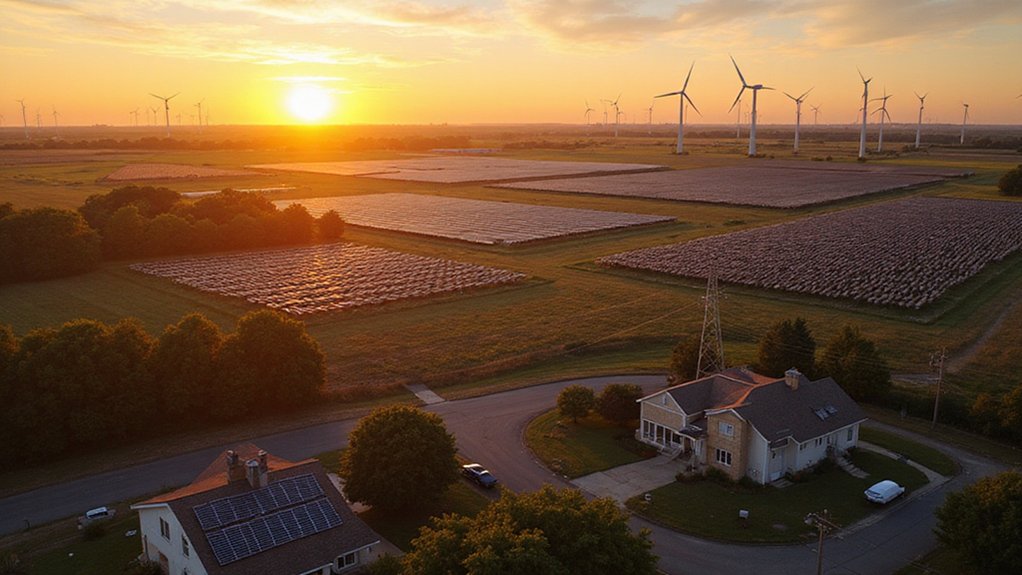Renewable Energy Certificate prices are on a wild ride. Voluntary RECs shot up from a measly $0.70 per megawatt-hour in 2018 to $7-$10 in 2023. Compliance RECs? Even crazier, ranging from $10 to a whopping $400 depending on state rules. North America dominates with a 33.2% market share, while Asia-Pacific is charging ahead. The U.S. market alone is expected to explode from $3.67 billion to $37.17 billion by 2034 – and that’s just the beginning.

While renewable energy continues its march toward global dominance, the prices of Renewable Energy Certificates (RECs) have been on a wild ride. The voluntary REC market has seen prices surge from a measly $0.70 per MWh in 2018 to an eye-popping $7-$10 in 2023. And if you think that’s impressive, compliance RECs are the real showstoppers, fetching anywhere from $10 to over $400 depending on which state you’re in. Thanks to IoT and automation, real-time energy data is making REC certification more accurate and efficient than ever before.
North America is the undisputed heavyweight champion of the REC market, commanding a 33.2% revenue share in 2023. But watch out – Asia-Pacific is coming in hot, projected to grow faster than a solar panel installation during a heat wave. The market is projected to reach $103.2 billion by 2030. The U.S. market, in particular, is flexing its muscles, expected to balloon from $3.67 billion in 2024 to a whopping $37.17 billion by 2034. Talk about growth spurt. Major technology companies like Microsoft and Google are driving market growth through their sustainability initiatives.
The REC market is a global game where North America leads the pack, but Asia-Pacific’s explosive growth is rewriting the playbook.
The price differences between voluntary and compliance markets are stark. While voluntary RECs dance to the tune of market forces and corporate whims, compliance RECs march to the beat of state mandates. Back in 2016, voluntary RECs were practically giving themselves away at less than $0.35/MWh. Meanwhile, their compliance cousins were living large at $60/MWh in some states.
But here’s the kicker – prices are expected to take a nosedive. We’re talking a 76% drop from $46/MWh to $11/MWh by 2050. Why? Simple supply and demand, folks. There’s going to be more RECs floating around than buyers know what to do with. State renewable portfolio standards, solar carve-out policies, and international climate agreements are all stirring the pot, making price forecasting about as predictable as next week’s weather.
New trading platforms are trying to bring some order to this wild west of energy certificates. The Granular Certificate Trading Alliance – fancy name, right? – is working to make prices more transparent. But with different rules across regions and states, comparing REC prices is still about as straightforward as explaining quantum physics to a cat.








